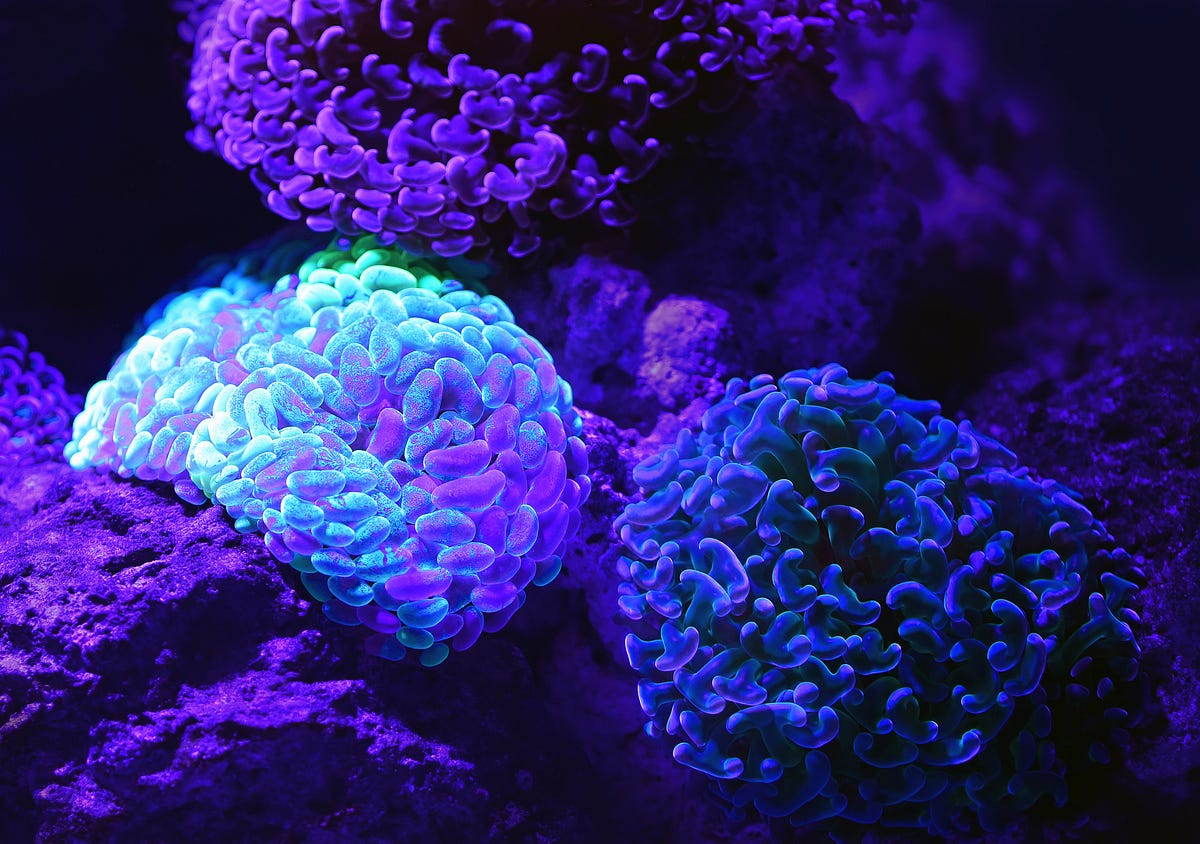I think you don’t understand what information means in terms of biological function.
I have a degree in biology. I have a master's in systems. I know precisely what it means. It's not what you seem to think it is.
If I take a word and add to it such that the “frequency” has increased, is this new information to you? Let’s try:
ingrtfotyrmatppion
I have now increased information right?
[/QUOTE]
Yep. And here's what you don't get. It's not about "meaning" for humans. You're trying to make genetic information into human communication. And there your reasoning goes off the rails.
Every new allele "makes sense" in terms of genes and inheritance. Some of the alleles are immediately useful. Most are not. Some are harmful. But natural selection uses that new information to change the population genome by tending ro remove the harmful ones and keeping useful ones. And that's why it works. Keep in mind "harmful" and "useful" only count in terms of environment. The utility of alleles will change as the environment changes.
For anyone reading, genetic information communicates to the elements of the cell (and particular cells) what to manufacture for the life and well-being (hopefully) of the body. Mutations often inhibit that correct manufacturing process. So for B, this is “adding” information’ i.e., numbers. For the living creature, it’s a risk.
It is a risk. And an opportunity. And no, most mutations don't harm the organism; you have a few dozen new ones yourself, and it's highly unlikely that any of them will ever do anything to harm you.
Again none of the mutations suggested gave the offspring having them a survival advantage in or before reproductive years.
No, that's wrong. For example, having resistance to disease is a powerful benefit. Likewise, more durable bones are certainly a survival benefit.
If evolutionary theory (man from non-man)were true in living biology, we would see tons.
There certainly are a lot of them. One interesting one is the HbS mutation. It provides protection against malaria. If one has one normal allele for hemoglobin and one HbS allele in an area where malaria is endemic, then one will be protected. A person with two normal alleles will likely get malaria and die or be an invalid. A person with two HbS alleles will not get malaria, but will have a blood disorder that will be kill or disable the individual.
So let's look at it. Suppose two people with normal hemoglobin have children. They will likely be infected and die or be invalids. Suppose two people with one normal and one HbS allele have children. Then, about 25% of them will not be protected (2 normal alleles), 25% will suffer sickle cell anemia (2 HbS alleles) and 50 percent will be healthy (one of each). So anywhere that malaria is sufficiently established that at least half of the population will be bitten by a malaria-carrying mosquito, you will expect to see the HbS gene in large number in the population.
Yes, it's a grim choice, but nature can be like that.
But nature wasn't done here. A while back, a second mutation occurred. HbC not only protects against malaria, it also doesn't cripple or kill those with two HbC alleles. And not surprisingly, it's increasing in the population where malaria is endemic, and normal and HbS alleles are becoming less common.
You can apply all the mathematical formulas in the computer lab you want but walk down the hall to the biology lab and real life (or death) will meet you.
I spent a lot of years in biology labs, including immunology. And I have a graduate degree in systems. You've told me that you haven't. BTW, information theory, which lets you use the internet and NASA to communicate with spacecraft, only works on biological systems and products of biological systems.
Claude Shannon founded information theory in the 1940s. The theory has long been known to be closely related to thermodynamics and physics through the similarity of Shannon's uncertainty measure to the entropy function. Recent work using information theory to understand molecular biology has unearthed a curious fact: Shannon’s channel capacity theorem only applies to living organisms and their products, such as communications channels and molecular machines that make choices from several possibilities. Since he used a property of biology to formulate his mathematics, the author concludes that Claude Shannon was doing biology and was therefore, effectively, a biologist - although he was probably unaware of it. What are the implications of the idea that Shannon was doing biology? First, the author claims it means that communications systems and molecular biology are headed on a collision course. As electrical circuits approach molecular sizes, the results of molecular biologists can be used to guide designs. We might envision a day when communications and biology are treated as a single field. Second, codes discovered for communications potentially teach us new biology if we find the same codes in a biological system. Finally, the reverse is also to be anticipated: discoveries in molecular biology about systems that have been refined by evolution for billions of years should tell us how to build new and more efficient communications systems.
IEEE Engineering in Medicine and Biology Magazine ( Volume: 25,
Issue: 1, Jan.-Feb. 2006)
My emphasis.








